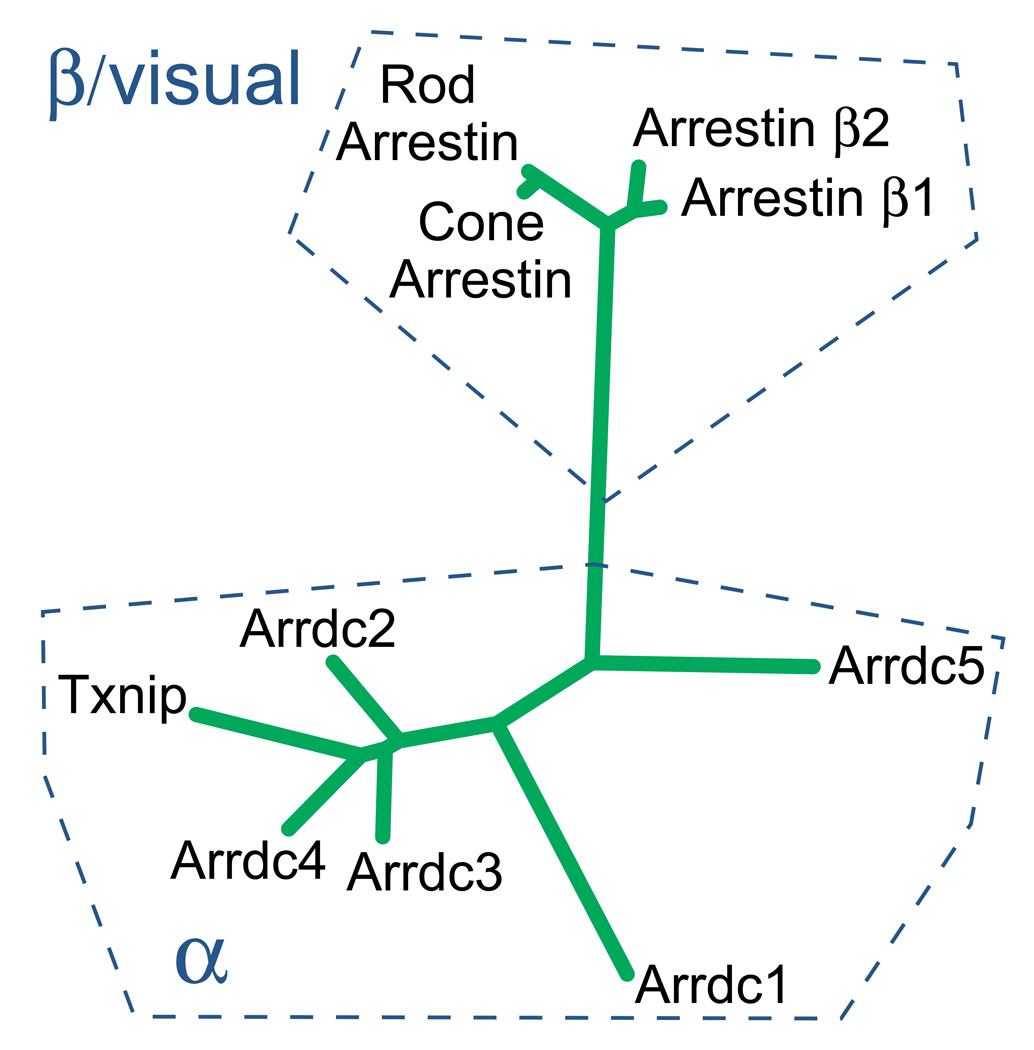Figure 1. A schematic phylogenetic tree for the human arrestin protein family with proposed nomenclature.
The classical human arrestins include two visual arrestins and two beta-arrestins. The visual arrestins desensitize the light-transducing opsins in the photoreceptor cells of the retina by binding specifically to the active, phosphorylated receptor. The ubiquitously expressed β-arrestins (β-arrestin 1 and β-arrestin-2) are required for desensitization and endocytosis of a variety of G-protein-coupled receptors. In addition, there are six new members of the arrestin superfamily, termed the “alpha-arrestins”. Alpha-arrestins, distantly related to the beta/visual arrestins but predicted to share the arrestin fold, have emerging roles in regulation of metabolism and obesity.

